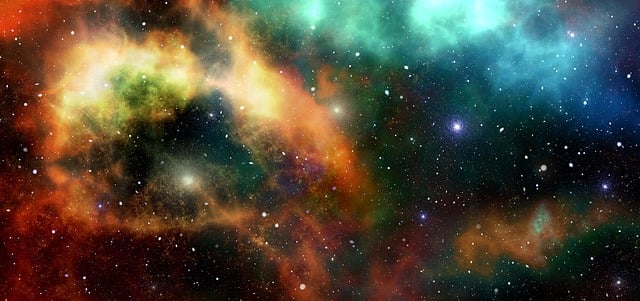
A supernova is a stellar explosion, which occurs at the end of the life of some very massive stars. In this violent epilogue, the star expels the material of its outer layers by means of a shock wave, which allows us to see the different elements of which it was composed. An international team, in which Tom Broadhurst, Ikerbasque Researcher at the University of the Basque Country (UPV/EHU) and associate at the Donostia International Physics Center (DIPC), has taken part, has obtained three images, each in a different color, of a same supernova in the distant universe, thanks to the magnifying power of a foreground galaxy.
The research team developed a model of the gravitational field of the galaxy that served as a lens and thus it was possible to determine that the light of these three images traveled three different paths, which differ in distance by a few days. This explains the three colors obtained in the images, since as the supernova gas expands and cools there is a variation in the color emitted. At higher temperatures, the light emitted is bluer, and as the temperature decreases, the light emitted tends to red. Thus, the blue image corresponds to a photograph of the supernova a few hours after the stellar explosion, while the green and red images correspond to 2 and 8 days after the explosion, respectively.
This information made it possible to determine the radius of the star that exploded, a red supergiant with a radius comparable to 500 times that of the Sun, and which exploded 11.5 billion years ago, long before the Earth was born, specifically at the time considered our galaxy was formed. Images of this supernova, taken with the Hubble Space Telescope, are highly magnified by the gravitational field of a nearby galaxy acting as a lens, allowing us to see much farther in distance, and in time, than any local supernovae in nearby galaxies.
The study of the explosions of these red supergiant stars fits with the current idea of how the heavier atomic elements were created inside stars and during supernova explosions: elements forged inside stars are released in these explosions of supernova, to become the next generation of gas and material from which solar systems and life as we know are created. Without these explosions, the gas in today's galaxies would only include the hydrogen and helium that formed in the Big Bang and would not support complex life that requires heavier chemical elements. Furthermore, this supernova observed through gravitational lensing demonstrates that an event occurring in the distant universe can be witnessed multiple times, so in principle we could focus our instruments ahead of time to see in detail the eruption of a rising star that becomes a supernova.
Bibliographic reference
“Shock cooling of a red super-giant supernova at redshift 3, in lensed images”, Nature. 2022. DOI 10.1038/s41586-022-05252-5.
.png)
